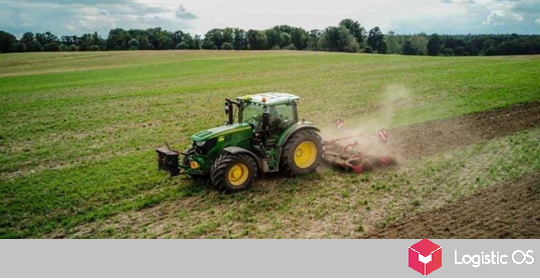In the near future, the agro-industrial complex may seriously change, and this will be facilitated by new technologies that are actively entering this sector.
One such technology is the Internet of Things. The idea is that each animal wears a separate device that transmits data.
Thanks to this, you can not only clearly know where the animal is at the moment, but also collect information about its condition, and therefore draw conclusions: is it necessary to carry out feeding, vaccination, treatment of diseases.
Cameras also actively transmit data in the Internet of Things. Moreover, modern technologies often do not require operators, because there are systems for computer recognition of what is happening in the frame.
Thus, operators do not need to constantly look at hundreds of cameras, but only need to respond to the signals that the system sends when something is not right.
How can blockchain help?
Many are accustomed to the fact that this concept is associated with cryptocurrency, however, blockchain technologies themselves can find very wide application.
The bottom line is that information is stored on different devices, which at the same time communicate with each other. As a result, all information becomes verified, transparent and publicly available.
In practice, this simplifies the interaction between different structures — for example, a plant, a company’s logistics department, its outlets.
The path of each batch of, for example, meat can be traced at all stages — and you can find out, among other things, who was responsible for feeding and vaccinating this particular animal.
Well, for the buyer, this is also a good opportunity to trace the entire path that the purchased product has overcome, and make sure that at all stages the products meet the quality and safety criteria.
Manufacturing is increasingly robotic
Currently, most operations for feeding, cleaning, slaughtering, butchering animals are performed by robots.
This reduces the number of personnel required by the enterprise, increases marginality, and reduces costs.
At the same time, there is a tendency towards the fact that very soon robots will take over the lion’s share of the work, and human operators will only need to monitor how everything functions.
There are also trends that are still developing.
For example, the artificial meat market is still only 1% of the meat market as a whole, but it has great prospects for development.
The idea of vertical farms is also gaining ground, which allows saving space and bringing the place of growing products as close as possible to the buyer.
This is still mostly exotic, but experts estimate that it has good prospects.

